
How to deal with thrips
The main attention should be directed to prevention. At the end of the season, during the general cleaning of the greenhouse or greenhouse, it is necessary to remove all plant residues: this is a favorite wintering place for thrips. If it was previously believed that Frankliniella occidentalis is able to overwinter in unheated greenhouses and open ground only in the south, and this is impossible in the middle zone, now data are beginning to come from practicing agronomists about the possible overwintering of this type of thrips in plant residues directly under the open sky. Frankliniella occidentalis has adapted well. In any case, we must remember about other types of thrips, which can definitely overwinter in plant residues on the street.
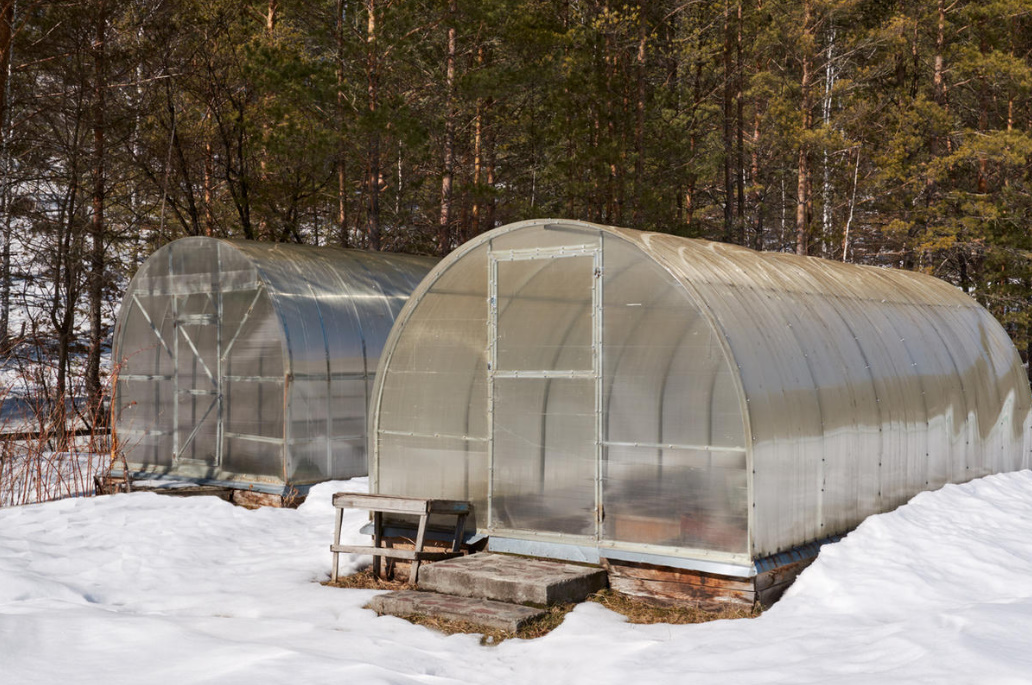
To explain the need for the following control measures, it is necessary to clearly understand how thrips penetrate into a film or polycarbonate greenhouse or greenhouse. So, there are two main ways:
- getting with plant material,
- flying from the street.
The first way is most likely if you do not plant your seedlings, but buy or take them from compassionate friends or relatives. Thrips fall on seedlings, as a rule, from flower crops, indoor or greenhouse. It often happens that the purchased seedlings are planted in a greenhouse for a while, then to move it into the open ground. Together with her, thrips settle there. The main way to prevent the introduction of pests is a very careful preliminary inspection of any vegetation that is planted in the greenhouse, even for a while, even “on a permanent basis”.

The second way is relevant in the summer, as thrips breed on a variety of crops and weeds around the greenhouse.
These pests feed on a wide variety of plant species (Thrips tabaci alone damages more than 400 species). It is obvious that cultural vegetation that is attractive to these pests will necessarily turn out to be in the near-greenhouse space, which we cannot and do not want to abandon. Well, it is impossible for a summer resident to live without his favorite flower beds! Although in some cases you will have to make a choice — flower beds near the greenhouse or healthy plants in it.

But we have to fight with weeds on the site. If we turn to the development cycle of thrips, then we can notice that, coming out of the wintering, they first feed on weeds and only then, as seedlings appear or seedlings are planted in a permanent place, they switch to cultivated ones. In the open ground, as well as in greenhouses, at the end of the growing season, all plant residues are carefully removed.

If preventive methods did not help, and thrips settled in the greenhouse, it is worth starting active control measures.
Wrestling without chemistry
With an organic approach to growing products or simply with a categorical reluctance to use chemical plant protection products in your garden, you need to start by hanging glue traps in the greenhouse. However, this method is perfectly combined with insecticide treatments. With the help of such a trap, you can determine how large the number of thrips is. Now they can be found in gardening specialty stores or ordered online. Please note that the standard color of glue traps is yellow. But it is blue traps that are needed to catch thrips. This has been proven in practice and noted in the specialized literature.
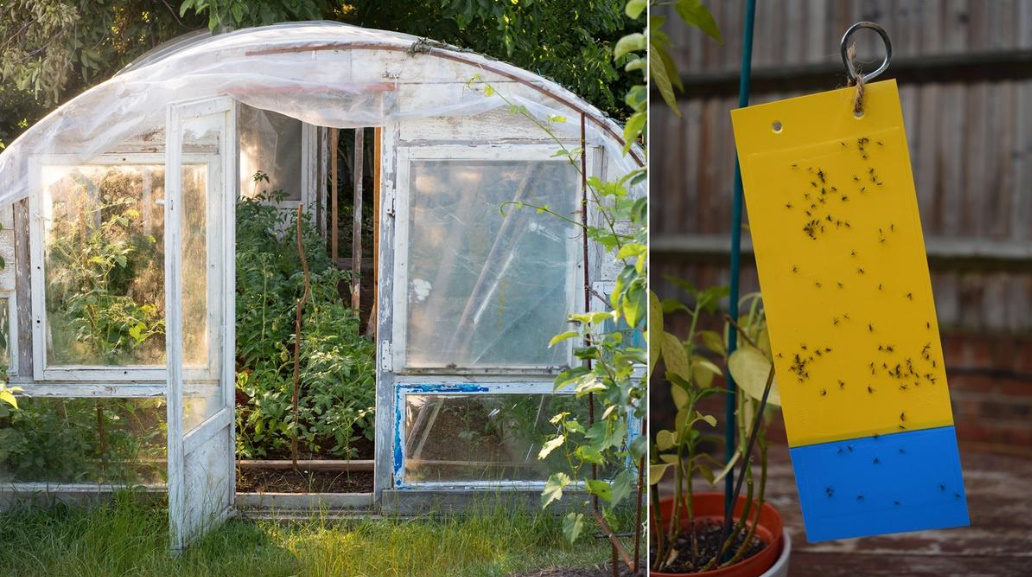
Entomophages are successfully used in large greenhouse plants to combat thrips. Recently, firms have appeared that sell useful insects and ticks, and any summer resident can buy them. Transportation and storage of entomophages have their own characteristics, so this practice has not been widely spread.
In greenhouses with peppers and tomatoes, the Orius bug and the Neoseiulus tick are very effective. They can be released together, that is, containers with Orius and Neoseiulus can be placed in the greenhouse at the same time.

If there is not much thrips in the greenhouse with tomatoes yet, or you want the Orius bugs to multiply and live longer, you will have to feed them. Flower pollen should be applied to the leaves (it is convenient to collect it with a soft brush for drawing or a cotton swab). If you populate Orius in a greenhouse with pepper, then there is no need to worry: there is enough pollen in its flowers, which is necessary as an additional source of its nutrition (with a low number of thrips).
There is also a predatory thrips in nature, which does not damage plants, but eats herbivorous thrips. It belongs to the genus Aeolothrips. These useful insects live in the open ground, but penetrate into greenhouses and greenhouses if the plants there are inhabited by herbivorous thrips.
Important! It is necessary to count on the help of useful insects only if we refuse to treat plants with pesticides. Otherwise, entomophages will die along with malicious objects.
Treatment against thrips with proven drugs
If, in principle, we allow the possibility of using pesticides on the site, then the question of the choice of the drug and the tactics of treatments becomes fundamental. In the fight against thrips, the following points should be taken into account.
1. Preventive treatments with chemicals against thrips are not carried out — spraying begins only when they are detected. The rate of consumption of drugs during treatment against thrips is the maximum allowed. With the light hand of agronomists-practitioners, the term “thrips dose” has already entered the special literature. We have Frankliniella occidentalis to thank for this. Its populations are very resistant to insecticides from all groups of chemicals.
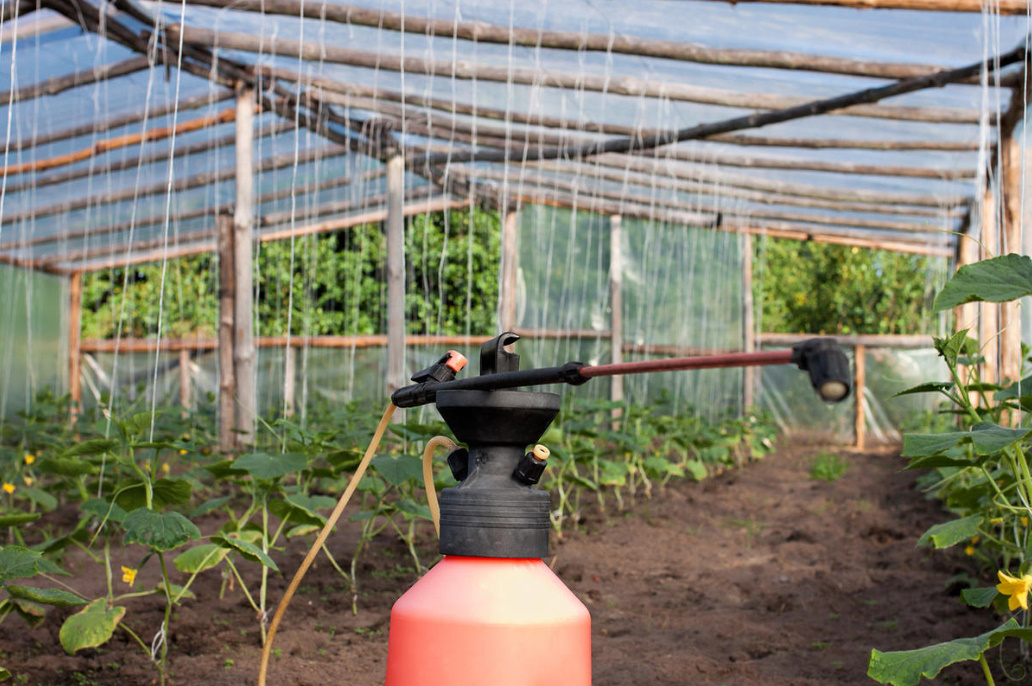
2. The most effective of insecticides are preparations from the classes of peritroids, neonicotinoids and avermectins.
3. In hot weather, avermectins should be used, insecticides from other classes of chemicals should be used in cool weather. If thrips have already appeared during fruiting, it is also preferable to stop at avermectins: they are less toxic and they have a shorter waiting period.
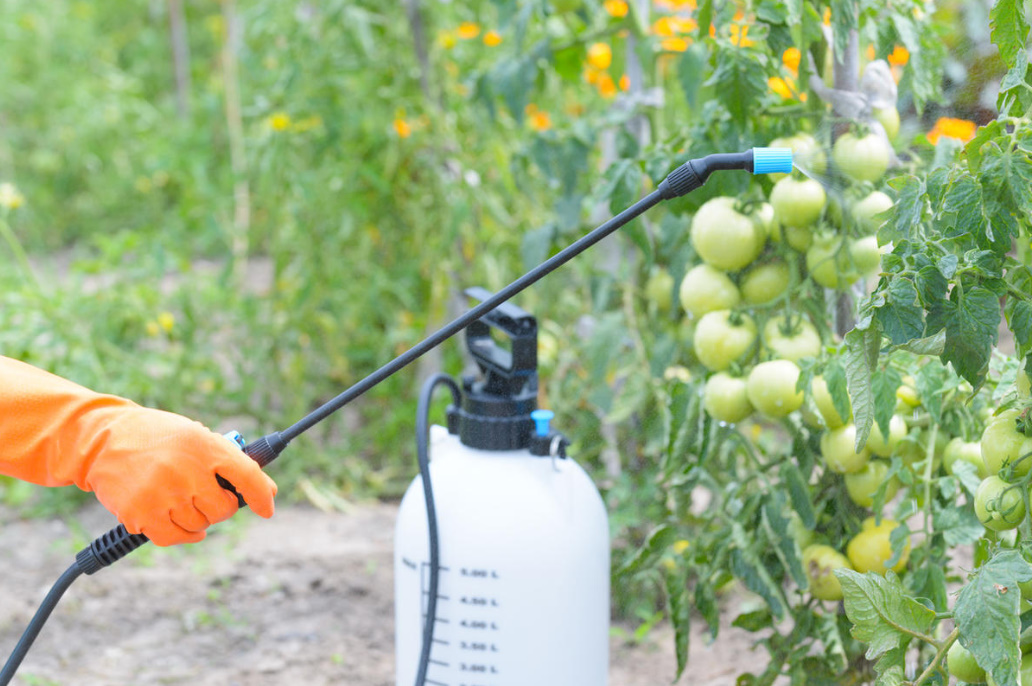
4. In the special literature there is an indication that systemic drugs against thrips act as contact-intestinal, that is, they do not need to be used through drip irrigation. Only spraying will be effective. That is why preventive treatments are not carried out against thrips: pesticides kill these insects only with direct contact and nutrition directly on the treated surface.
5. According to the reviews of agronomists-practitioners and publications of entomologists, tank mixtures of neonicotinoids and avermectins showed the highest result.
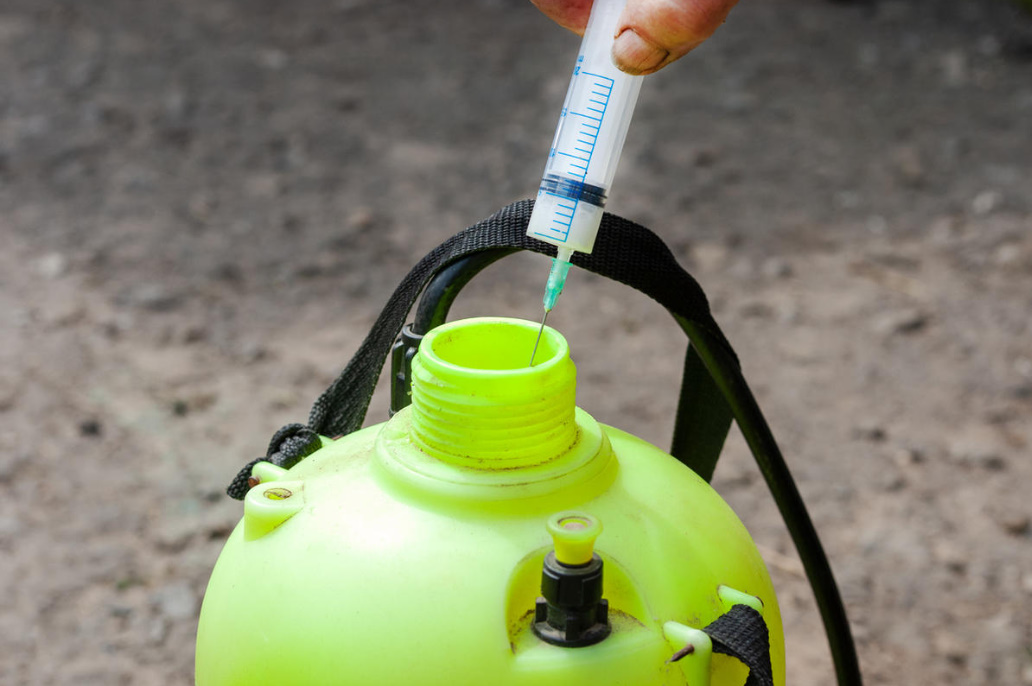
6. The addition of adhesives and adjuvants to the working solution significantly increases the efficiency of treatments.
7. Remember that thrips like to be located on the underside of the leaf, and take this into account when spraying.

8. In the event of conditions favorable for the active colonization of plants with thrips (for example, when the temperature is +25 ° C), double treatments may be required. Repeated spraying is carried out 5-7 days after the first one. When composing tank mixtures and adding adhesive, the need for double treatments often disappears.
So, to consolidate everything we have learned, let’s repeat the scheme of our actions when thrips are found in a greenhouse or greenhouse.
- We hang blue glue traps in the greenhouse.
- If possible, we release entomophages. We place packages (depending on the manufacturer, these may be bags, envelopes, bottles) in accordance with the recommendations in the instructions.
- If it is not possible to buy useful insects and we allow ourselves the possibility of chemical treatments, we choose the drug, focusing on the weather, availability, proximity of fruit harvest dates. If we did not make the tank mixture and did not add the adhesive, then after 5-7 days we repeat the treatment.
- After the destruction of the thrips population, we continue to inspect the plants. It is impossible to exclude the repeated introduction of insects from the open ground.
- At the end of the season, we remove all plant residues in the greenhouse.
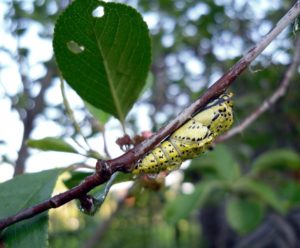
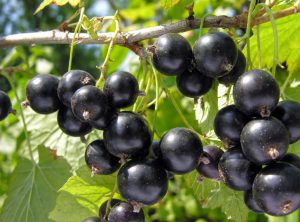
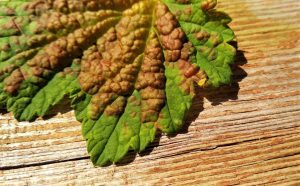
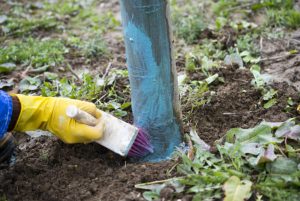
Leave a Reply